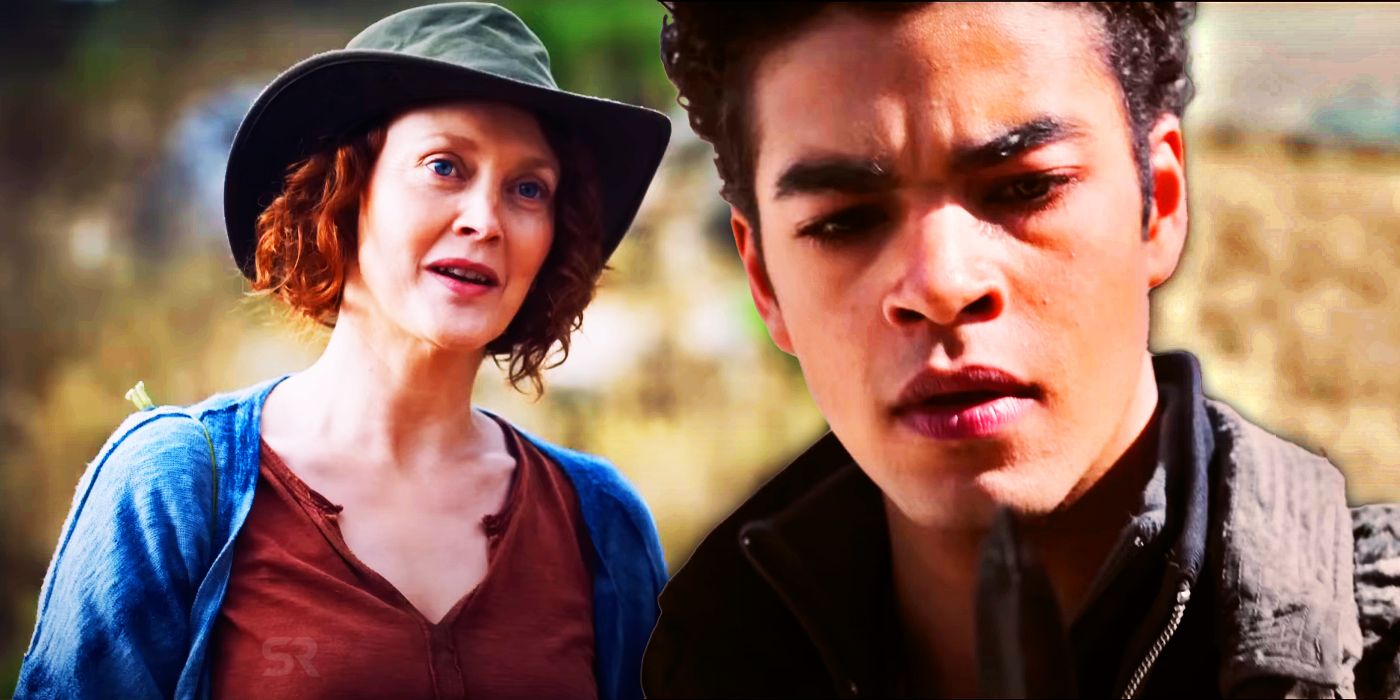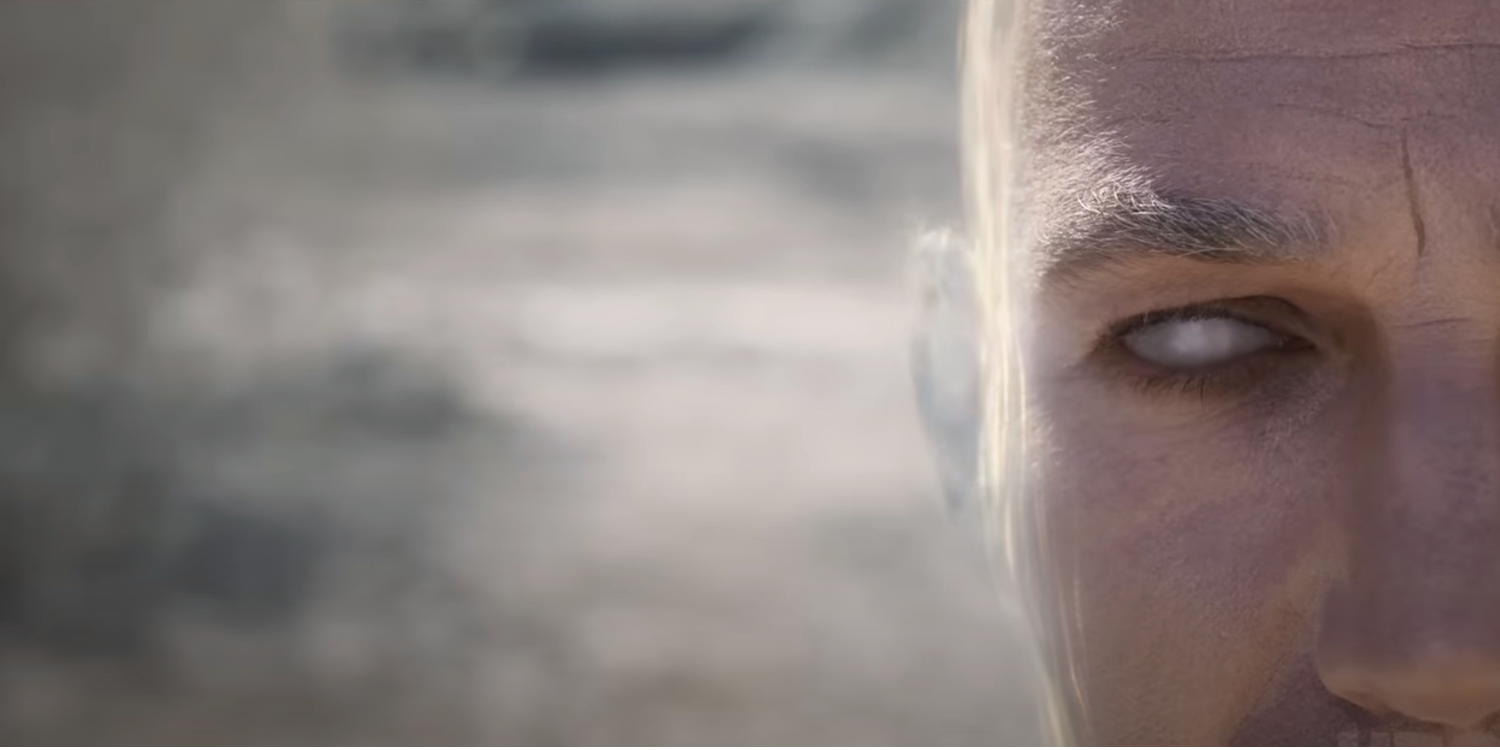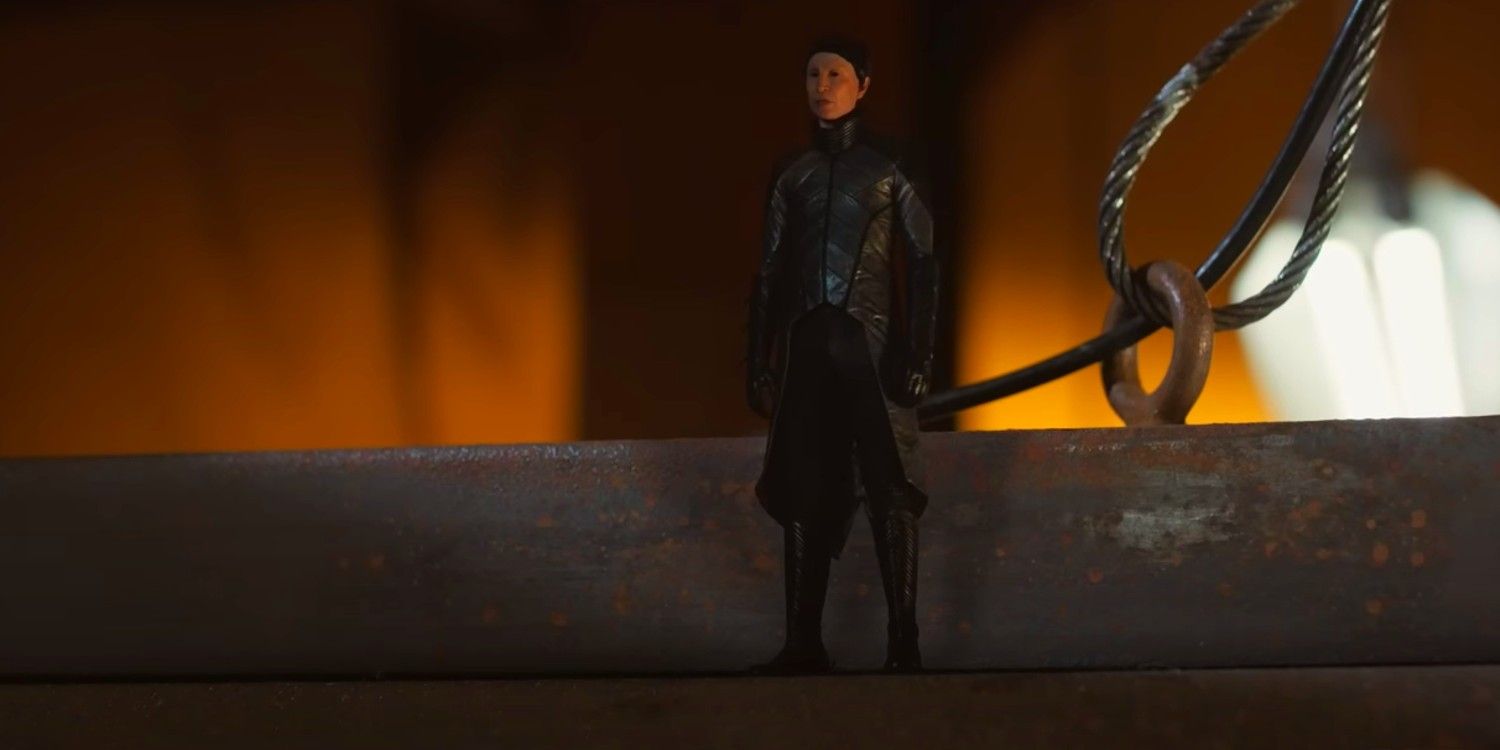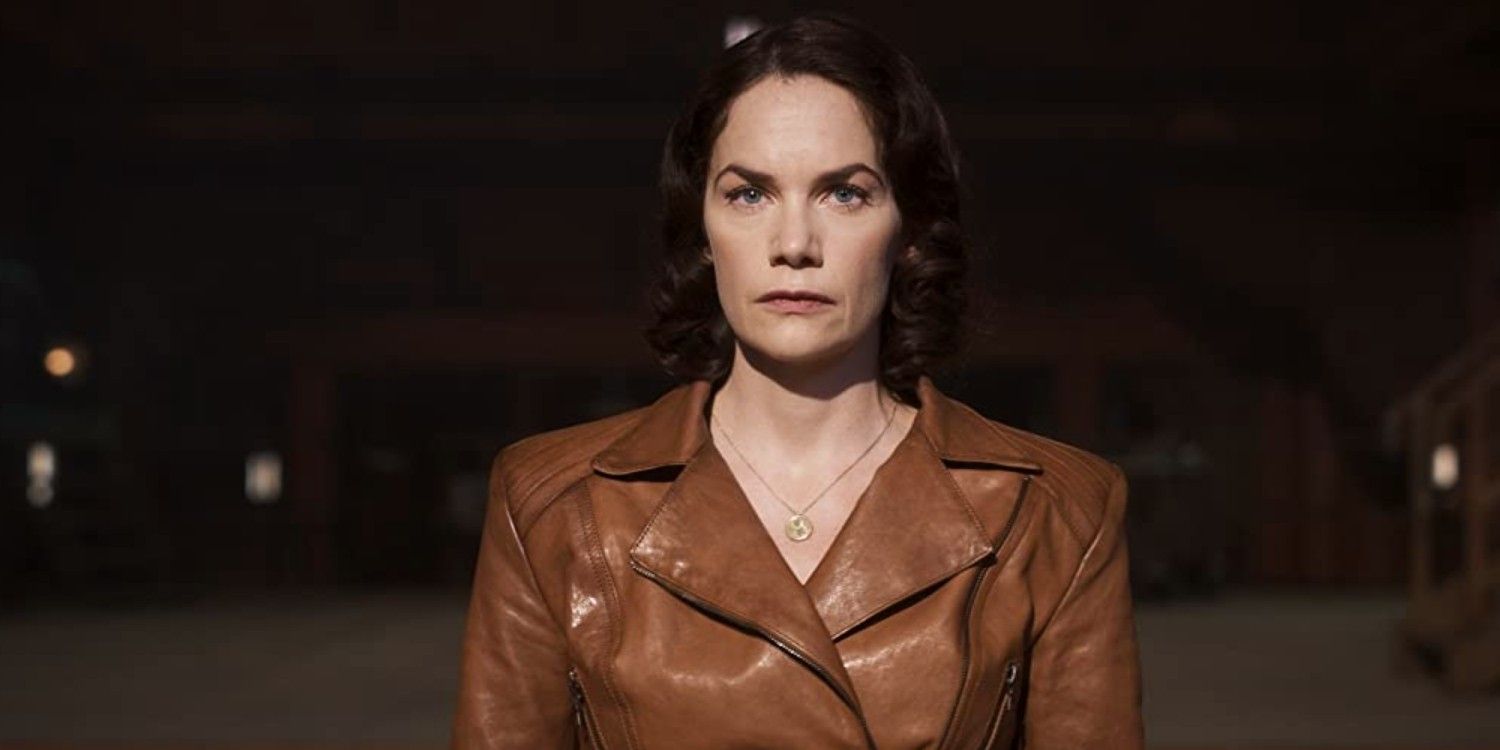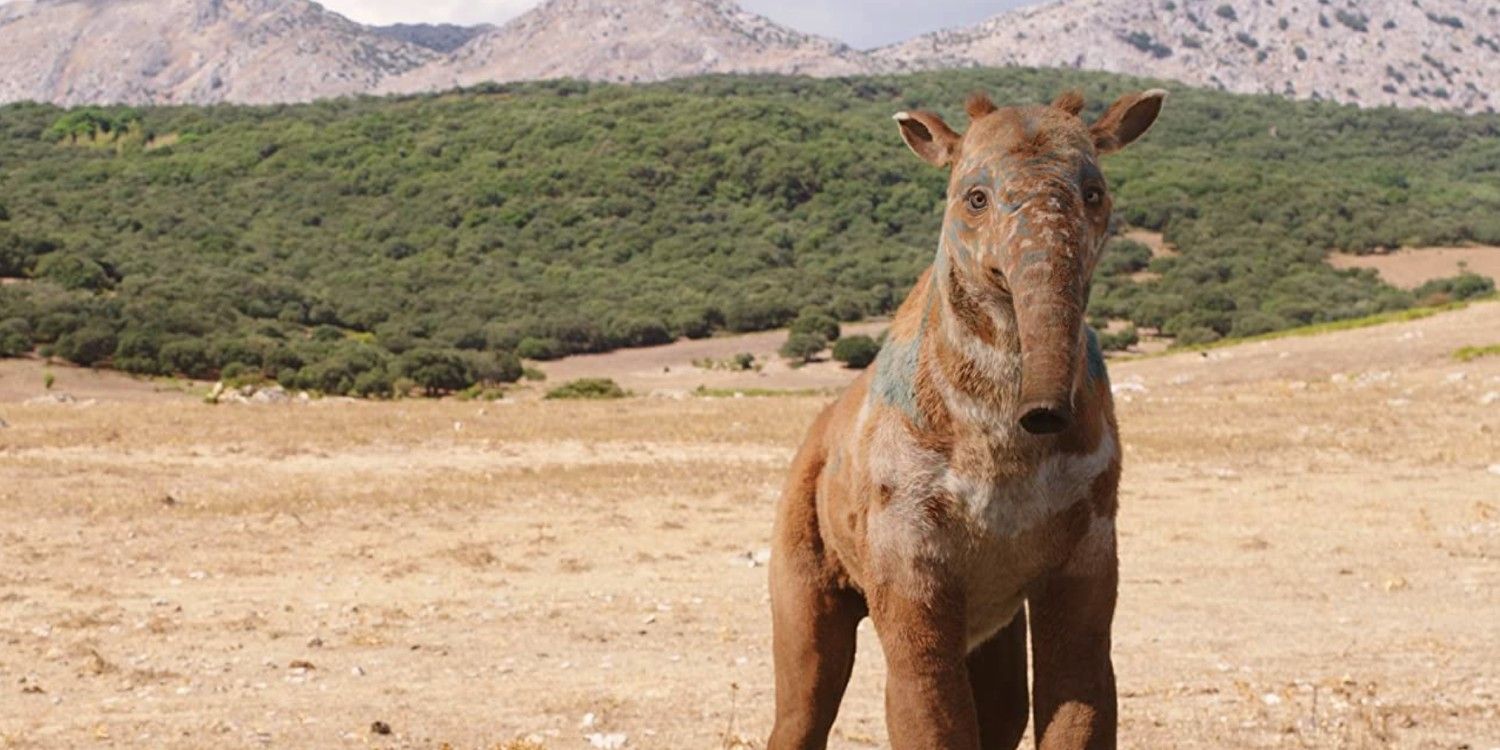Warning! SPOILERS for season 3 of His Dark Materials.
While His Dark Materials season 3 was relatively faithful to the original books, it did make some changes in transitioning to screen. Any adaptation from one medium to the next will inevitably need to make alterations to a story. However, sometimes this transition is mishandled and dilutes the source material with additives or misses key moments. But in the best translations, narratives should change to fit their medium to best utilize the assets of a visual versus textual narrative, which largely appears to be the case with His Dark Materials.
His Dark Materials season 3 conveys the story of the third book in Phillip Pullman’s series of the same name, called The Amber Spyglass. Both the book and His Dark Materials season 3 depict the final throes of a rebellion against the authority of the church, and follow Lyra Silvertongue’s journey to find her dead friend, explain the nature of His Dark Materials' Dust, and fully make her transition to adulthood. All of which she does with her friend Will Parry (Amir Wilson) and her daemon, Pantalaimon (Kit Connor) by her side while her footsteps are dogged by agents of the church. His Dark Materials season 3 largely followed the events of the books, with a few notable exceptions.
Alarbus Wasn't In The His Dark Materials Books
Alarbus (Wade Briggs) is an archangel introduced to His Dark Materials in season 3 where he serves as a minor antagonist in service to the Metatron (Alex Hassell). After he murders Baruch (Simon Harrison), a dissident angel opposing the Authority, he’s captured by Lord Asriel (James McAvoy) and used as proof of the church’s corruption and a message for Metatron. In the book, Baruch does die at the hands of Metatron’s angels, but they aren’t named in such a way.
His Dark Materials cast may have grown to include Alarbus for several reasons, including giving Baruch’s death more weight and characterizing Lord Asriel. Baruch’s loss is an impactful one in the original book, leaving behind his lover Balthamos (Kobna Holdbrook-Smith) to assist Will and Lyra. But with a specific enemy to blame for Baruch’s death, Balthamos’ loss feels more poignant given that his lover wasn’t lost to a faceless mass of angels in an act of war, but due to Alarbus’ actions. As well as this, Alarbus’ treatment at Lord Asriel’s hands further depicts how even though he’s fighting against the oppressive Authority, he is not a strong alternative for a better world either.
The Gallivespians Had A Bigger Role In The Books
Another large difference between the seasons of His Dark Materials and the book series comes in the roles of the Gallivespians. Originally, these inches-tall spies were present as regal spies with dragonfly steeds. Two of the characters, Lady Salmakia (Sian Clifford) and her colleague Chevalier Tialy, even accompany Lyra and Will to the land of the dead, while Lord Roke (Jonathan Aris) helps Mrs. Coulter escape the Consistorial Court. But in the show, Chevalier Tialy is omitted entirely, and Lord Roke and Lady Salmakia become Commander Roke and Agent Salmakia. Their dragonfly mounts are also omitted, and Salmakia does not go to the land of the dead.
These omissions could largely be to simplify the narrative for the TV series. Especially in shows with large casts of characters and smaller runtimes, as with His Dark Materials' 8 episode run for season 3, it can be important to omit some elements to focus on the main cast as much as possible. To give more time to exploring the Gallivespians would have meant less focus on Lyra and Will’s interactions, or Lyra and Pantalaimon’s, which would have had a negative impact on emotionally-loaded sequences such as the journey to the land of the dead.
Mrs. Coulter Couldn’t Repel Specters In The Books
Another difference between the His Dark Materials TV show and the book appears in Mrs. Coulter’s role in the final battle between Metatron and Lord Asriel’s allies. In the show, Asriel’s rebel camp is attacked by specters, which Mrs. Coulter helps repel before Metatron summons her and Lord Asriel to him. But in the book, she escapes Lord Asriel’s base and goes to Metatron herself to seduce him, fully ignoring the impending attack and with no extra witch abilities or weapons besides Mrs. Coulter's wit.
The show version of His Dark Materials may have added this aspect to Mrs. Coulter’s character to make the final battle more cinematic and grander at scale. But additionally, the show could have also wanted to give Mrs. Coulter a publicly defined turning point instead of presenting the possibility that she had changed sides once again. The Amber Spyglass approaches Mrs. Coulter’s motives with far less clarity, depicting most of her protective efforts to be spent toward Lyra as opposed to extending them to others as His Dark Materials season 3 does, a trait that fewer episodes per season may not have had time to explore.
Seedpods Were More Important In The Books
Beyond the plot surrounding Lyra and Pantalaimon in His Dark Materials, one of the largest changes from the book is the importance of the mulefa’s seedpods. In the original series, Mary Malone (Simone Kirby), connects with the mulefa by agreeing to help them because the seedpods are what allows them to be sentient in the first place. Additionally, the seedpods are key to the mulefa’s version of the biblical story of Adam and Eve and help Mary understand the nature of Dust or shadows. But in the show, the seedpods are largely emphasized when Mary creates her spyglass.
Many of the more complex, ecclesial allegory pieces of the original His Dark Materials may have needed to be eliminated from the runtime to allow for other parts of the story. As such, to fully develop Lyra and Will as the next Adam and Eve and provide enough time for His Dark Materials' season 3 ending, some of Mary’s revelations related to the seedpods had to be eliminated. Instead of using the seedpods to better understand the nature of the multiverse, Mary’s understanding of her role and purpose was delivered via supernatural visions.
Mary Didn’t Get Angelic Visions
In the show, Mary is often guided by rebel angels or angelic visions that openly reveal her role as the biblical serpent. But in Philip Pullman's books, Mary never knows any of this and isn't guided to the mulefa's world. She only tells Will and Lyra her stories thanks to an edict from one of the spirits that Will, Lyra, and Pantalaimon released from the land of the dead, making Mary’s role as a deliverer of knowledge and maturity more natural than mystic. Besides allowing the show to reach its conclusion with expediency, it’s also possible that His Dark Materials wanted to add more emphasis to the divine war concept throughout its narrative, which is in keeping with Mary receiving supernatural cues.

